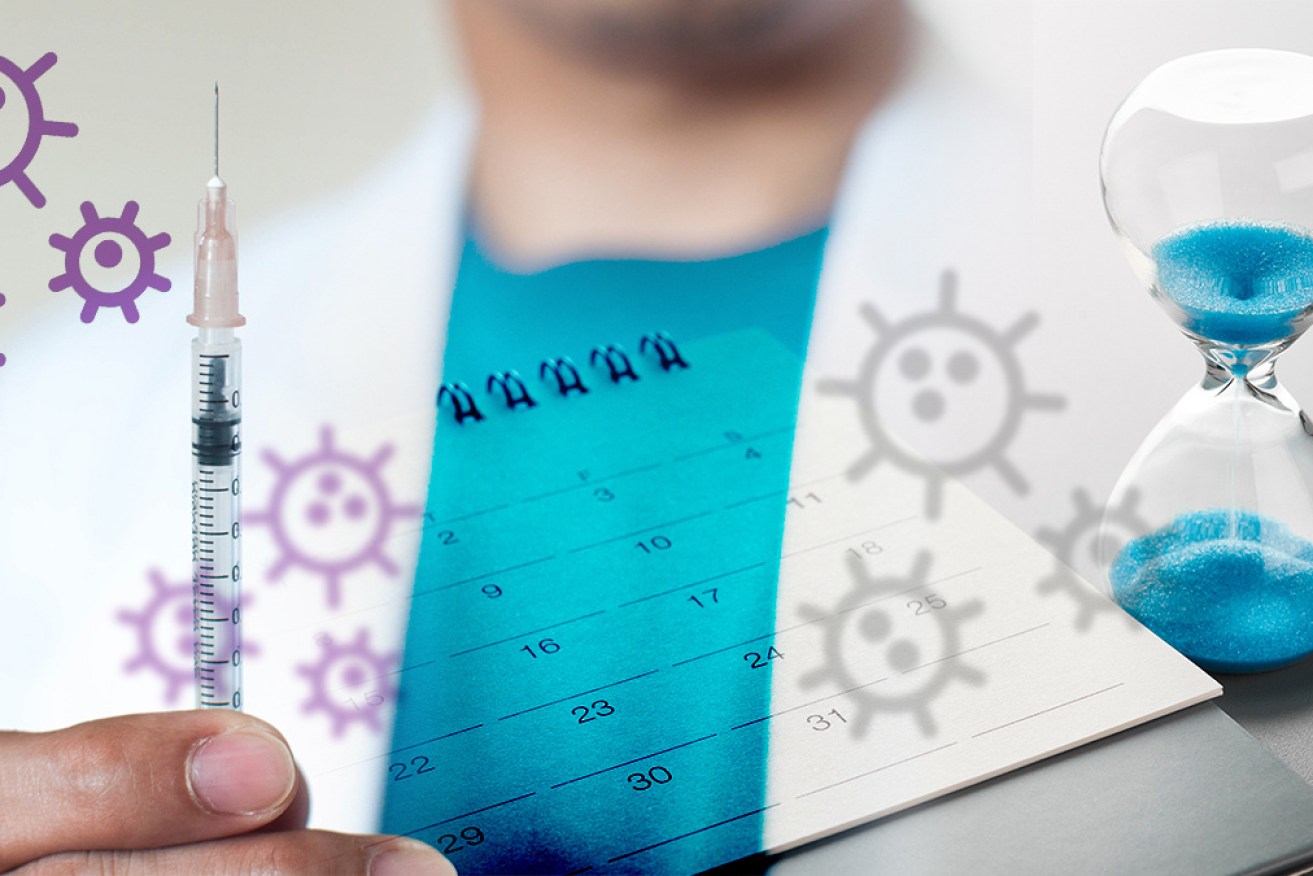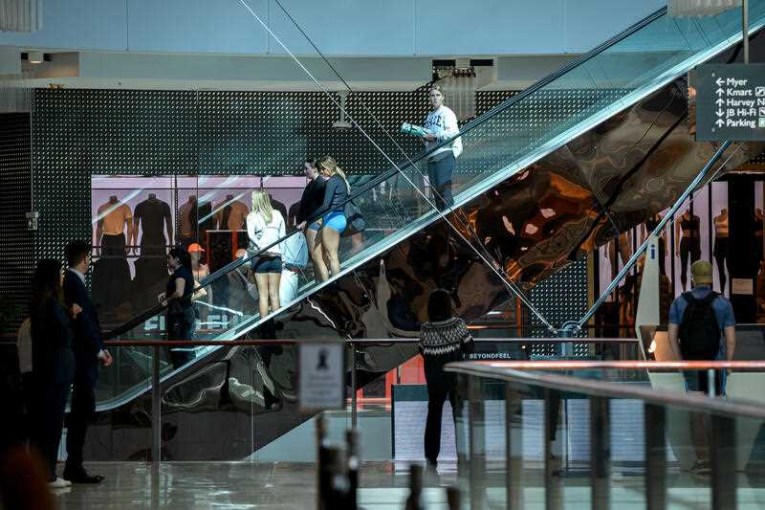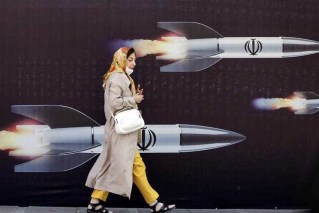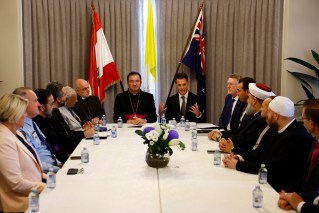Scientists work around the clock, but coronavirus vaccine will take a year

Scientists are trying to develop vaccines for children and front-line health workers.
The race is on to fast-track an injection that could protect Australian doctors from patients sick with coronavirus.
In one of the first signs that COVID-19 is being spread on Australian soil, rather than people returning from overseas holidays, a 53-year-old doctor from Sydney’s west was diagnosed with the deadly virus.
It’s not known exactly how he caught it, but health professionals believe it was most likely transmitted when he was seeing patients.
The news has further spurred on scientists in Victoria and Queensland, who are working in separate teams on multiple experiments to discover a vaccine.
They are racing around the clock to develop not just a regular vaccine that can be given to children in the future, but one that will keep front-line health workers safe.
Doherty Institute director Professor Sharon Lewin said the temporary protection – known as a ‘passive vaccine’ – used antibodies from people who had recovered from the virus to keep our GPs and nurses safe.
“What it does is trick your immune system, so you’re protected if you’re exposed,” Professor Lewin said.

A scientist at the Doherty Institute works to develop a coronavirus vaccine. Photo: AAP
“Passive use of antibodies could feasibly protect you from an infection, but it will only last weeks or months. So it would be useful for health care workers.”
In trials, a drug used to treat HIV – Kaletra – and a newer one developed to treat Ebola – Remdesivir – have shown promising signs against the virus.
But the vaccine will take at least a year to develop, meaning the cases of COVID-19 will likely have died down by the time it is ready.
Developing a vaccine is still vital as the virus is likely to enter our regular cocktail of seasonal viruses, as swine flu did.
“We need to prepare for that to happen,” Professor Lewin said.
“At the moment we’re engaged in public management, quarantining, quick extradition – these are all things we can do well, but many other countries, low- and middle-income countries, will struggle. The most effective way to treat this is to prevent infections.
“And even if it’s all over, we’ll have very important information that could be used in the future.
“It’s still an experimental approach. One year is our goal. We’re hoping we’ll get there.”
Why will it take so long?
The short answer: Safety.
The danger of distributing an ineffective vaccine, or worse a harmful one is not worth rushing onto shelves in a frantic effort to beat COVID-19.
Professor Ben Cowie, an infectious disease specialist at the Peter Doherty Institute, said all vaccines had to undergo a series of tests before they were deemed safe – no matter how urgently they were needed.
First, a vaccine had to pass ethical oversight tests, government safety assessments and animal testing studies before it was trialled on healthy humans, he said.
After that, the vaccine needs to pass a series of approvals before it is tested again using pre-clinical and clinical trials.
“This process takes months to years, not a week,” Professor Cowie said.
“If the vaccine is not effective, that’s a big problem. But if it’s harmful, then it could undermine people’s faith in vaccination in general.”
He said, “fraudulent science” spread by anti-vaxxers was already a big problem.
Last year, the US had its biggest measles outbreak in 25 years, despite the contagious disease being declared eliminated in 2000.
The number of cases was highest in communities with low vaccination rates.
How did we stop other deadly epidemics like SARS?
Like COVID-19, the outbreak of severe acute respiratory syndrome (SARS) began in China.
It is also believed to have come from bats.
From 2002 to 2003, the deadly pneumonia-like disease threw the world into chaos, claiming the lives of nearly 800 people in multiple countries and infecting thousands more.
As the epidemic spread to more and more countries, scientists worked furiously to deliver a vaccine.
But before they had an opportunity to finish the job, the disease declined and started behaving more like a seasonal flu.
No cases of SARS have been reported since 2003.
So what happened?
After SARS peaked, the disease stabilised and entered a “steady state” in the same way that swine flu did in 2009 and the Hong Kong flu of the 1960s. Now, they are known as common flu.
“Coronaviruses – all of which probably came from animals in our past – enter that endemic steady state,” Professor Cowie said.
“But prior to that, there is a period of time when COVID-19 will achieve a pandemic level of transmission and a substantial proportion of the population will be affected.
“The most likely outcome is that COVID-19 will spread worldwide then will probably become of the viruses that causes a common cough or cold at wintertime as other coronaviruses have.”








